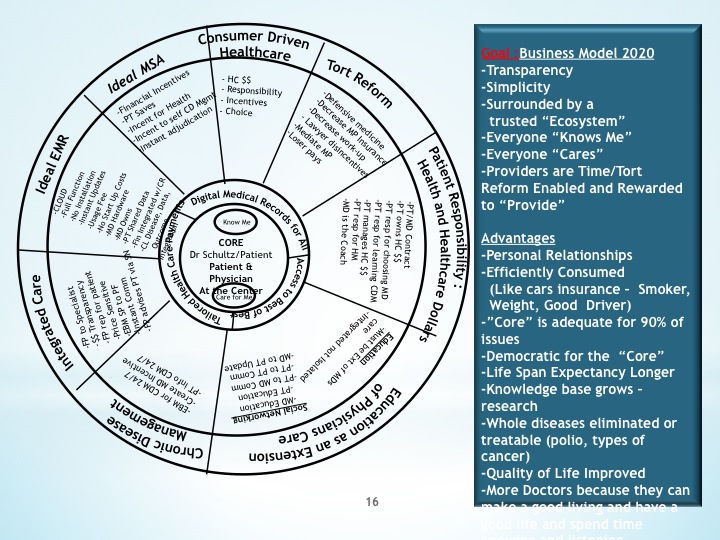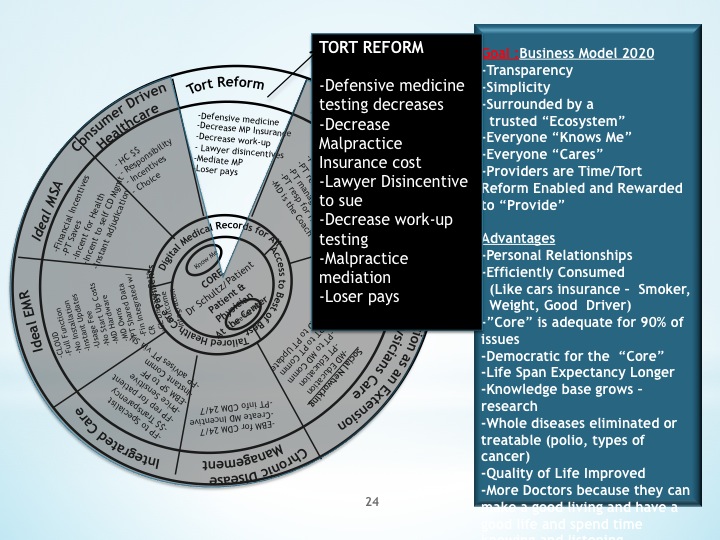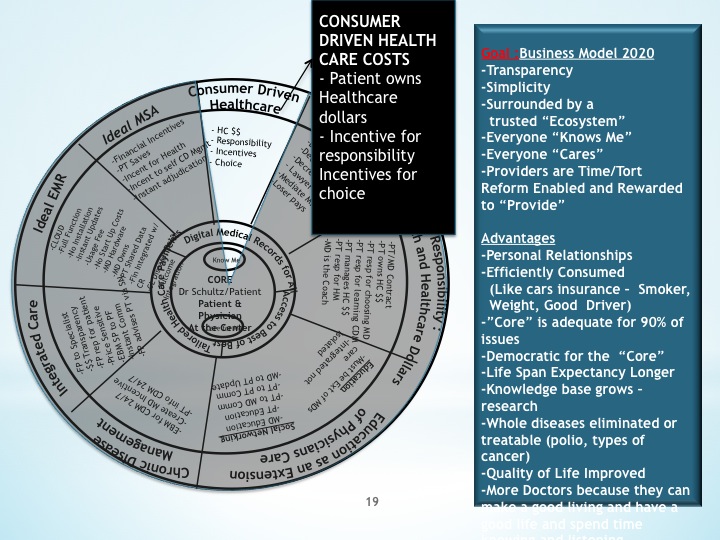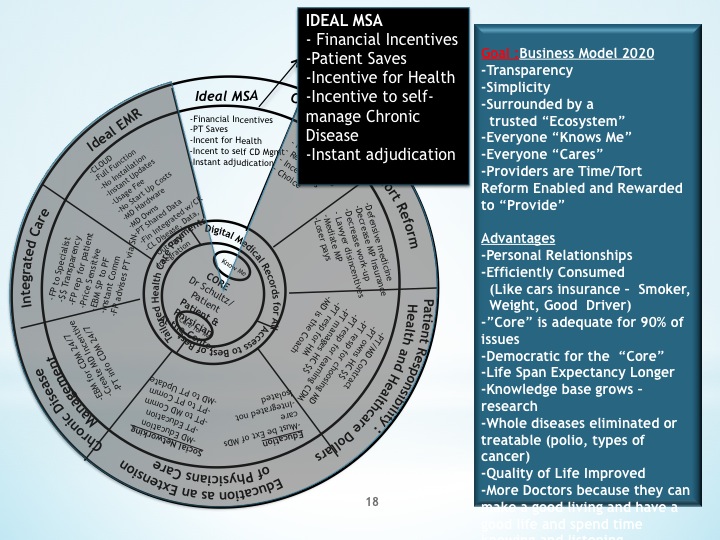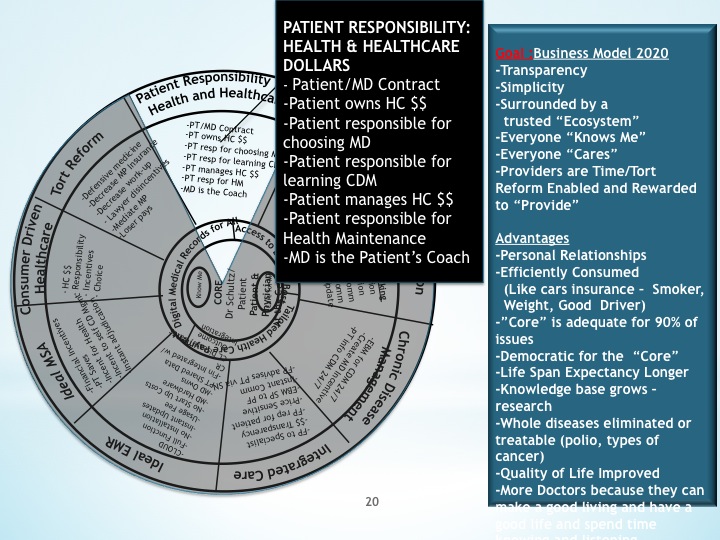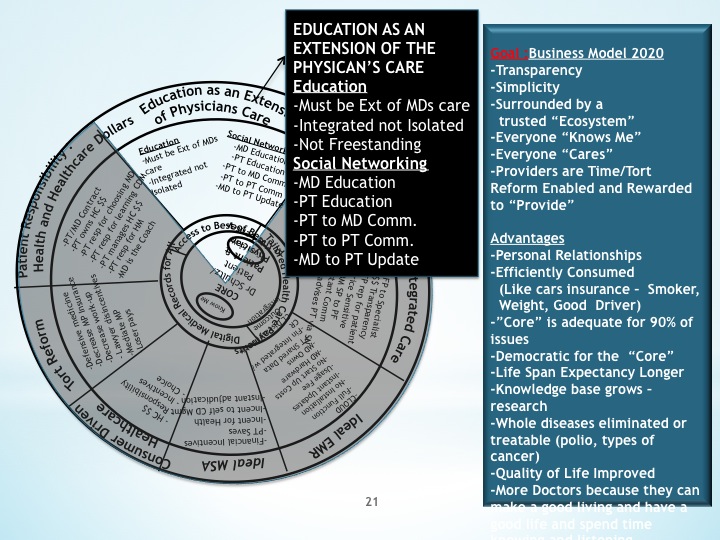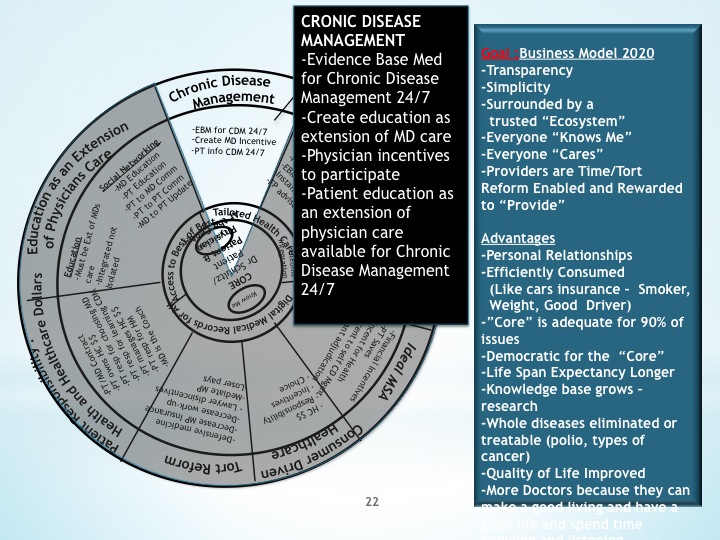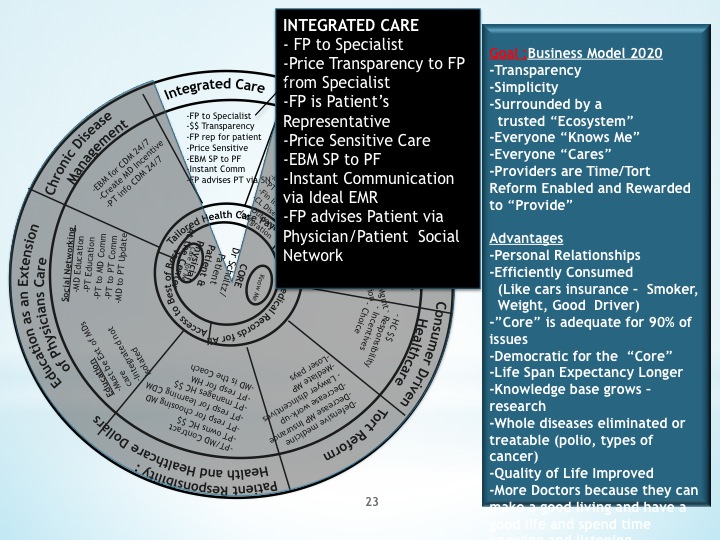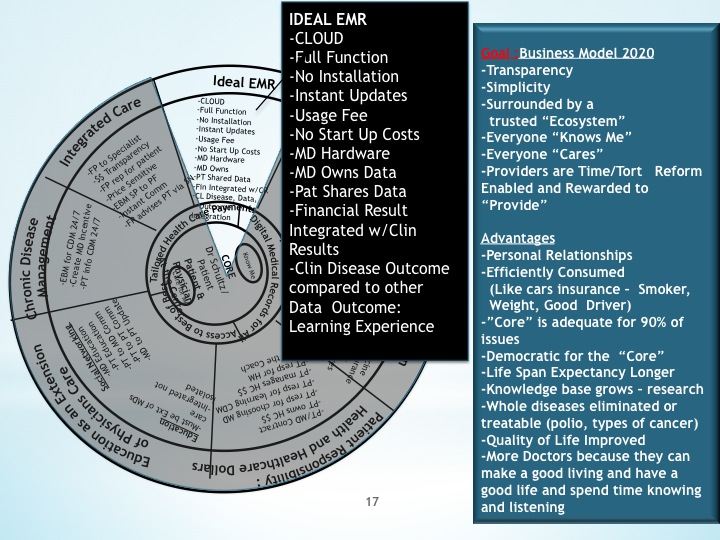President Obama Should Listen To Physicians
Stanley Feld M.D.,FACP,MACE
President
Obama keeps saying over and over that Republicans do
not have any good health care reform solutions.
“Republican
don’t have an agenda to provide health insurance to people at affordable
rates.”
It all depends
on the definition of a good idea. Is it one that will work or one that will
fail? A good idea is it one that agrees with President Obama’s agenda. If it
doesn’t agree with his agenda it is a bad idea.
By President
Obama and Harry Reid own admission they believe Obamacare is a good step toward
a single party payer. They believe Obamacare will fail.
Any idea that
interferes with President Obama’s is defined as a bad idea.
The Republicans
and thoughtful people with actual healthcare experience have plenty of good
ideas. They do not agree with President Obama’s agenda.
http://youtu.be/4-lnzEwt3HM
This program containing Republican ideas three years ago had only 807 views on You Tube.
Congress voted for the
law (only Democrats voted for the law). They have now exempted themselves from
the law because they realize it is a bad law. It looks as if Obamacare will be
a train wreck.
Perhaps that is where
President Obama wants it to end.
As each day
passes Obamacare looks like it will be a very expensive train wreck.
In fact, in a recent study by the Physicians Foundation, six
out of ten physicians said they would quit medicine.
Most physicians love practicing medicine but cannot
understand the unbelievably wrong direction President Obama is taking to reform
the healthcare system.
Many physicians
are looking for viable exit strategies to avoid quitting.
The
Physicians Foundation commissioned an extensive survey of
nearly 13,575 physicians. Meritt Hawkins, the physician search and consulting
firm, conducted the survey.
“The survey found
that 60% of physicians would
retire today, if given the
opportunity—an increase from 45% in 2008. And it's not just disgruntled and
tired Baby Boomers who want to abandon their healing work. At least 47% of
physicians under 40 also said they would retire today, if given the
opportunity.”
The
survey pointed out many major problem areas.
Two specific issues consistently agreed on by physicians
were malpractice concerns and the need for tort reform as well as the lack of
cohesive leadership among all physician groups to represent the vested
interests of physicians and their patients.
This survey is an excellent and detailed survey that has
heightened the awareness of physicians’ practice problems.
The Massachusetts Medical Society survey pointed out the
scope of defensive medicine. I extrapolated findings of the society’s survey to
the nation.
My conclusion was that $500 billion to $700 billion
dollars a year is spent on defensive medicine testing. Tort reform would
decrease the cost incurred by defensive medicine over testing.
The Mass Medical Society survey demonstrated that
physicians are frightened by the multidimensional stress of malpractice suits.
Physicians will do as much testing as necessary to avoid a malpractice suit for
missing a diagnosis. Most physicians do not experience financial gain in over
testing. The hospital system does.
President Obama and his advisors have ignored tort reform
and defensive medicine as an insignificant cost. Ezekiel Emanuel M.D. one of
President Obama’s advisors thinks defensive medicine only raises the cost of
the healthcare system between $2 to $3 billion dollars a year. This is a
misguided bias.
The Physician Foundation survey notes that many policy
makers, academics, and others identify fee-for-service reimbursement as a key
driver of health care costs. Physicians believe that "defensive
medicine is a far more important cost driver."
Forty
percent (40%) of the physicians surveyed said "liability/defensive
medicine pressures" was the least satisfying aspect of medical practice.
Sixty nine percent
(69%) of physicians said defensive medicine is the "number one ranked
factor" driving up healthcare costs. The survey described the ordering of
tests, prescribing of drugs, and conducting of procedures done "partly or
solely to drive a wedge against potential malpractice lawsuits."
"Medical
malpractice lawsuits are common, adding an additional layer of paperwork,
expense, and stress in virtually every physician's work day," the report
adds.
The government ought to be listening to physicians practicing medicine every
day rather than ivory tower professors who have never practiced medicine a day
in their lives.
"Physicians
understand to some degree that's the cost of doing business, but the defensive
medicine goes deeper than that, in the ordering of extra tests, doing the extra
procedures, and extra scans to protect [oneself] against a malpractice suit.”
Medical malpractice is at the heart of overspending in
American healthcare. President Obama and Obamacare have ignored it. Some states
have addressed it and the cost of care has been decreasing slowly. I believe it
will take time in those states. If
anyone is sincere about bending the healthcare cost curve they have to take
defensive medicine seriously.
According to the survey physicians
felt that there is a lack of a forceful cohesive voice representing them.
"There
is a systematic, endemic series of problems," Ray says. "Everywhere there
is defensive medicine, regulation issues, reimbursement issues. We are all in
the same boat. But physician representation is balkanized. There is not a
national organization that represents a majority of physicians."
When the survey asked which best describes
their feelings about the current state of the medical profession, only 3.9
percent of physicians used the words “very positive,” while 23.4 percent of
physicians indicated their feelings are “very negative.”
The majority of physicians – 68.2 percent —
described their feelings as either somewhat negative” or “very negative,” while
only 31.8 percent of physicians’, described their feelings as “somewhat positive”
or “very positive”.
A "least satisfying" aspect of
practicing medicine included dealing with Medicare/Medicaid/government
regulations (27.4%) and reimbursement issues (27.3%).
The American Medical Association (AMA)
represents only 15% of physicians, according to the Physician Foundation report. One of the reasons for the low enrollment is that physicians feel the
AMA does not represent their vested interests.
Sermo is another physician organization. It is an Internet social
network. In less than 2 years Sermo had as many members as the AMA.
Sermo originally concentrated on
socioeconomic issues. It also discussed difficult clinical cases.
The socioeconomic activity has recently
faded. Sermo’s power was using the social network to do instant surveys of physicians’
opinions on healthcare policy and patient care hassles.
These surveys were quickly disseminated to
the public as media stories of physicians’ opinions. It was done through public
service announcements and daily press releases.
Physicians were able to let the public know
how they felt about an issue instantly. It was very attractive. Somehow the
initial vigor stalled. Physicians are now left without a vehicle or organization
to express their feelings.
Government, the healthcare insurance industry
and the hospital systems have little desire to listen to the concerns of
practicing physicians. It is more important for these stakeholders to control
physicians. It will not work long term.
The Physicians Foundation Biennial Survey is
valid and accurate. However it is not dynamic or evolving. Neither the PFB
survey of the Sermo survey have gotten the attention they deserve.
Both are must reads along with the
Massachusetts Medical Society survey for those interested in physician concerns
and behavior.
Patients’ problems with the healthcare system
get less attention. The government and insurance companies tell patients what
they can and cannot do.
Repair of the healthcare system will only
happen when the American healthcare system evolves to a consumer driven
healthcare system with individual responsibility and patient control of their
healthcare dollars.
This concept
opposes President Obama’s agenda.
President
Obama has the power of the pulpit and has the gift of misdirection.
The
healthcare system is going to fail unless the public wakes up to the facts.
The opinions expressed in the blog “Repairing The Healthcare System” are, mine and mine alone
Please have a friend subscribe


